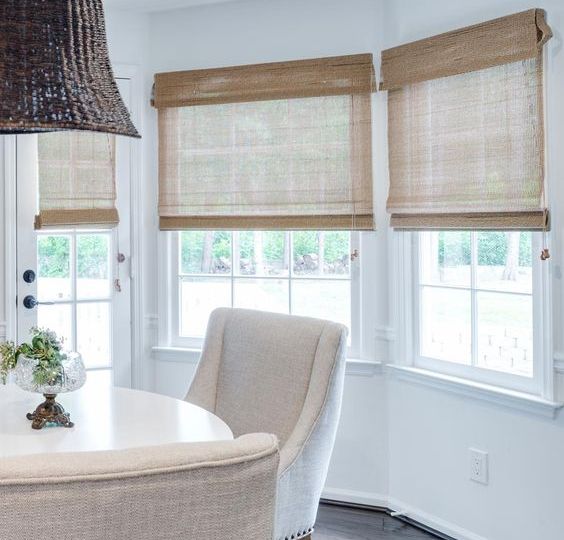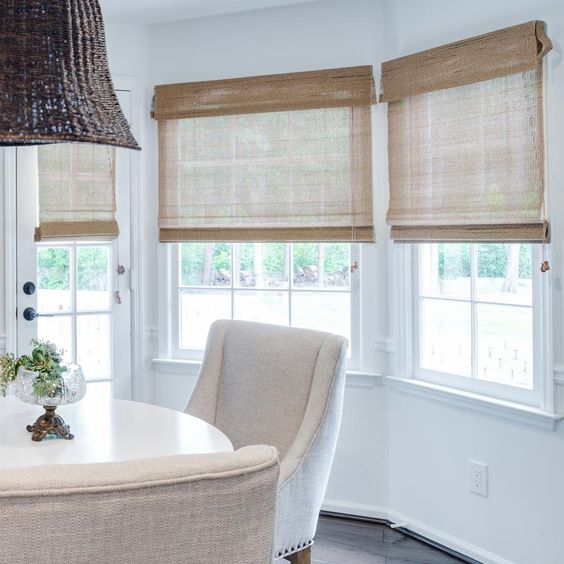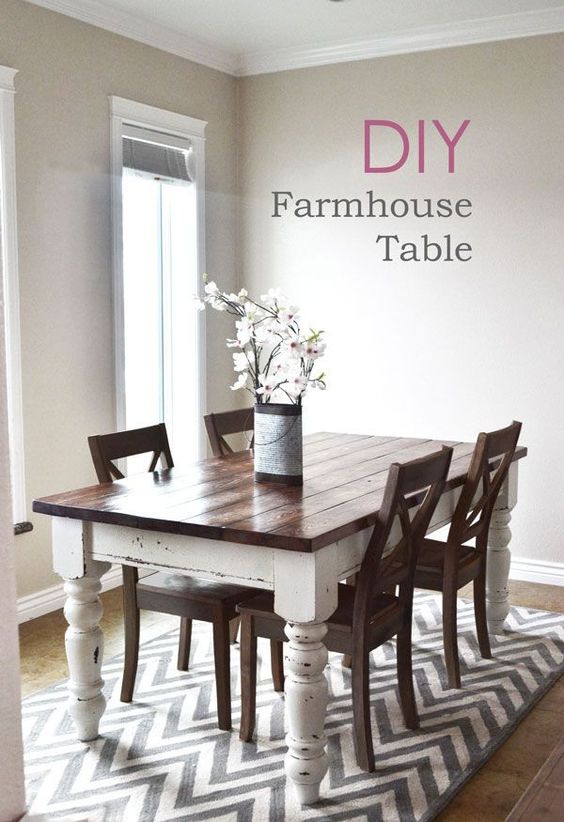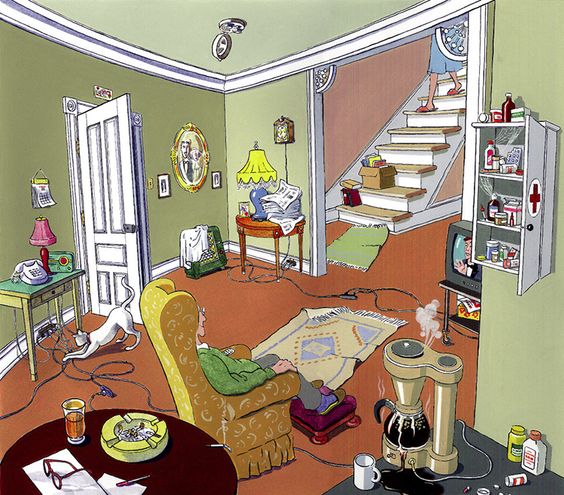
Eating is part of the essential activities for all of us, so why not try to make dining rooms a bit more accommodating for your Alzheimer’s loved one?
Dining rooms and Alzheimer’s may seem like a stressful combination.
If you’ve ever dined with an Alzheimer’s loved one, you know that there are issues not commonly found among other grown-up family members. Depending on the stage of Alzheimer’s and how the disease presents, there can be perception issues with recognizing food, there can be issues with remembering how to sit or chew, there can be issues with knowing what to eat first, and there can be issues with physically getting food from a plate into the mouth.
It can be frustrating if your expectations are that you are dining with Emily Post. You aren’t. The expectations need to be adjusted, and design can help soften the presentation of these issues, too.
First, the goal of eating with your loved one is to nourish, and to enjoy each other. Mess and spills happen. It’s part of the process. I find myself thinking more along the lines of how I ate with my son when he was a baby or toddler. The expectation was that he would spill something somewhere on something. And I never got mad or scolded, because he just didn’t have the ability yet. Well, your Alzheimer’s loved one might not have the abilities any more, and no matter how much you want it to be different, those abilities just aren’t likely to ever return.



Design tips for dining with an Alzheimer’s loved one.
Sturdy dining table.
Make sure your table can support the weight of your loved one, as it may be used in sitting down or standing up.
Strong, low-armed chairs.
The chairs need to be sturdy, but also easy to get in and out of. For chairs with arms, it can be tough to know how to sit in between the arms, and then exit them when there’s a table involved.
Solid, not patterned.
Patterned fabrics on chairs and tablecloths can be confusing. For some living with Alzheimer’s, the pattern of flowers may seem real, and make it difficult to convince your loved one to sit or dine on a bed of flowers.
Clear the area.
Beyond just removing items from the walking path to the dining chair, remove more than what is needed. The Alzheimer’s brain sometimes thinks that items are closer than they really are.
Serve one-at-a-time.
It may be time consuming, but it’s helpful to serve only one item of each meal at a time. This also can help with the decision dilemma of remembering if a spoon or a fork should be used to eat soup.


















